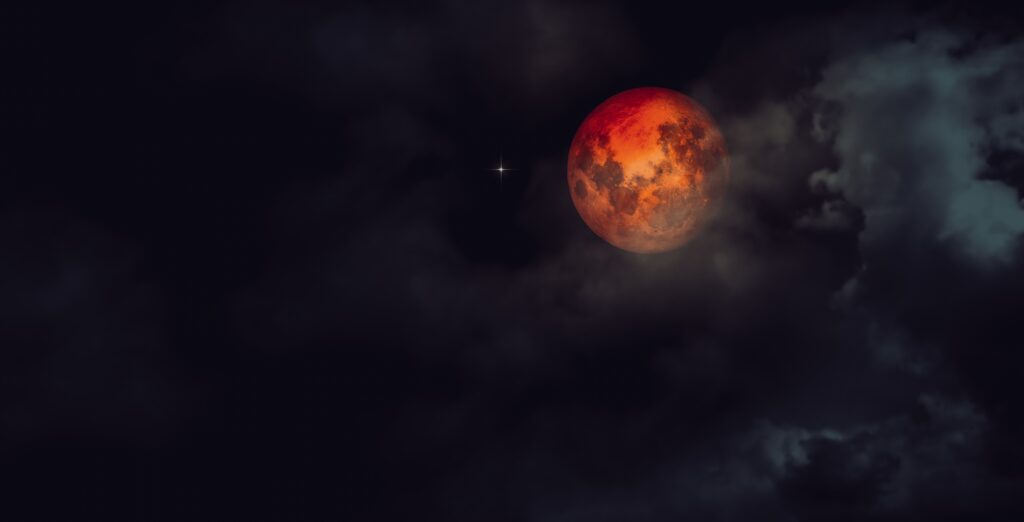This Sunday, September 7, Europe will witness a striking total lunar eclipse, known as a blood moon, lasting around 82 minutes—the longest since 2022. The phenomenon occurs when the Earth passes directly between the sun and the moon, casting its shadow across the lunar surface. Only red light, refracted through Earth’s atmosphere, reaches the moon, giving it its eerie glow.
For centuries, blood moons have been interpreted through vastly different lenses. In ancient Babylon, China, and Central America, they were ominous signs of death, war, or disaster. In contrast, some African traditions, such as those of the Batammaliba people in Togo and Benin, view the blood moon as a call for reconciliation and renewal.
Today, astronomers see the eclipse as a spectacular natural event rather than a portent. “We are lucky to live on a planet where we can observe something like this,” says astrophysicist Florian Freistetter. Astrologers, however, interpret the blood moon as symbolizing turning points and endings, urging individuals to let go of what no longer serves them.
Whether regarded as a scientific marvel or a mystical marker, the blood moon will dominate Europe’s night sky this weekend—an opportunity to pause and look upward at one of nature’s most captivating displays.

